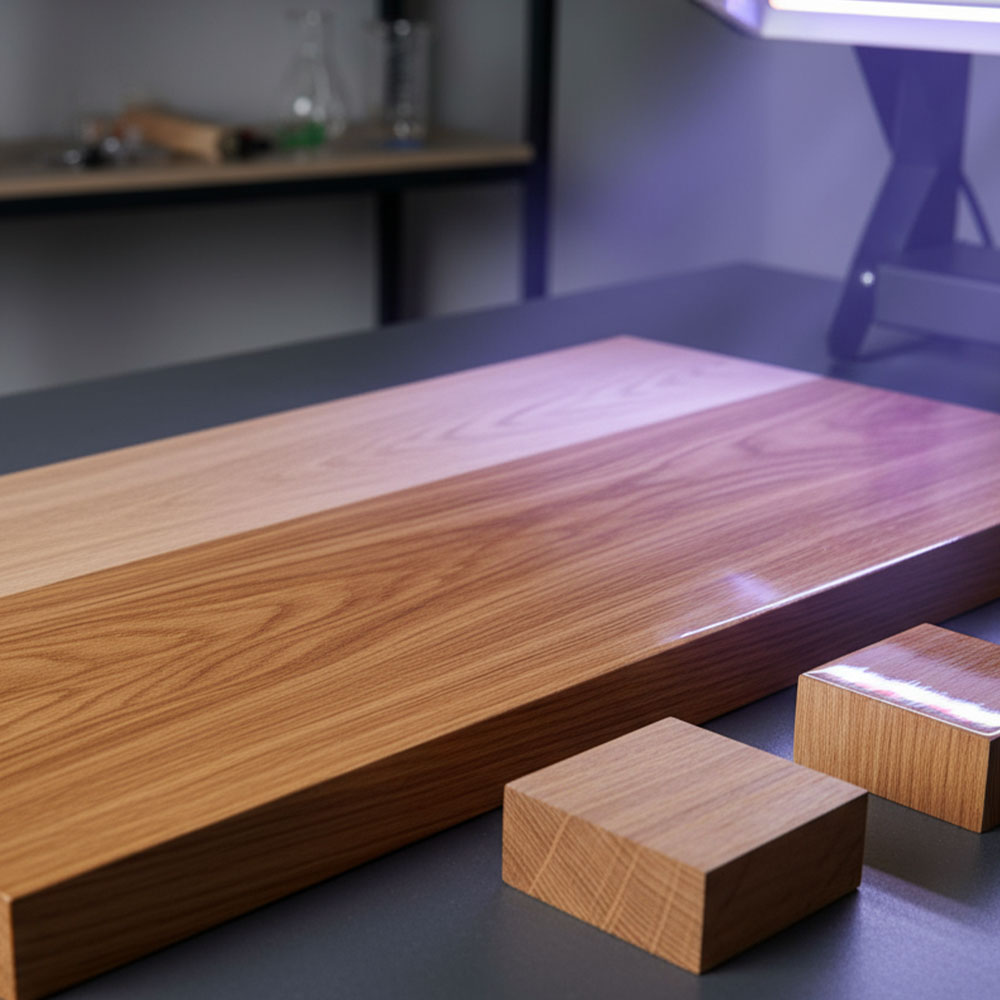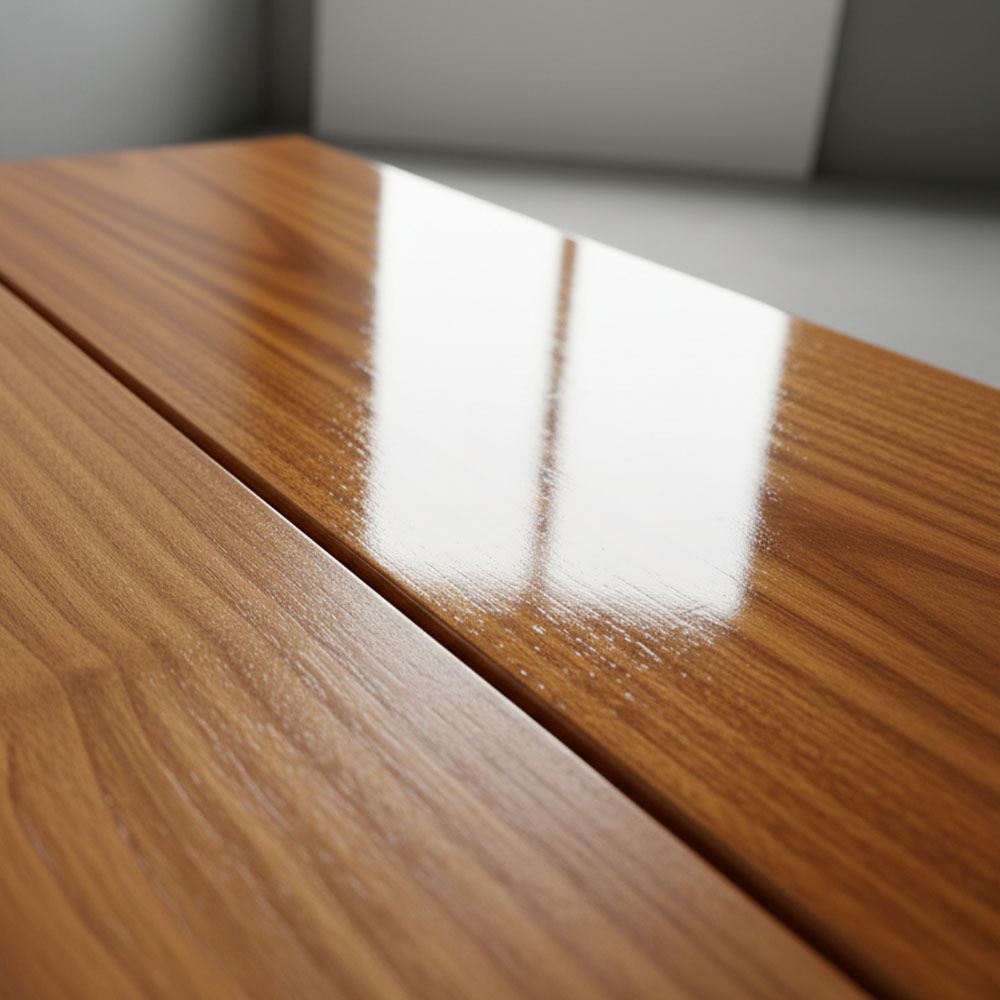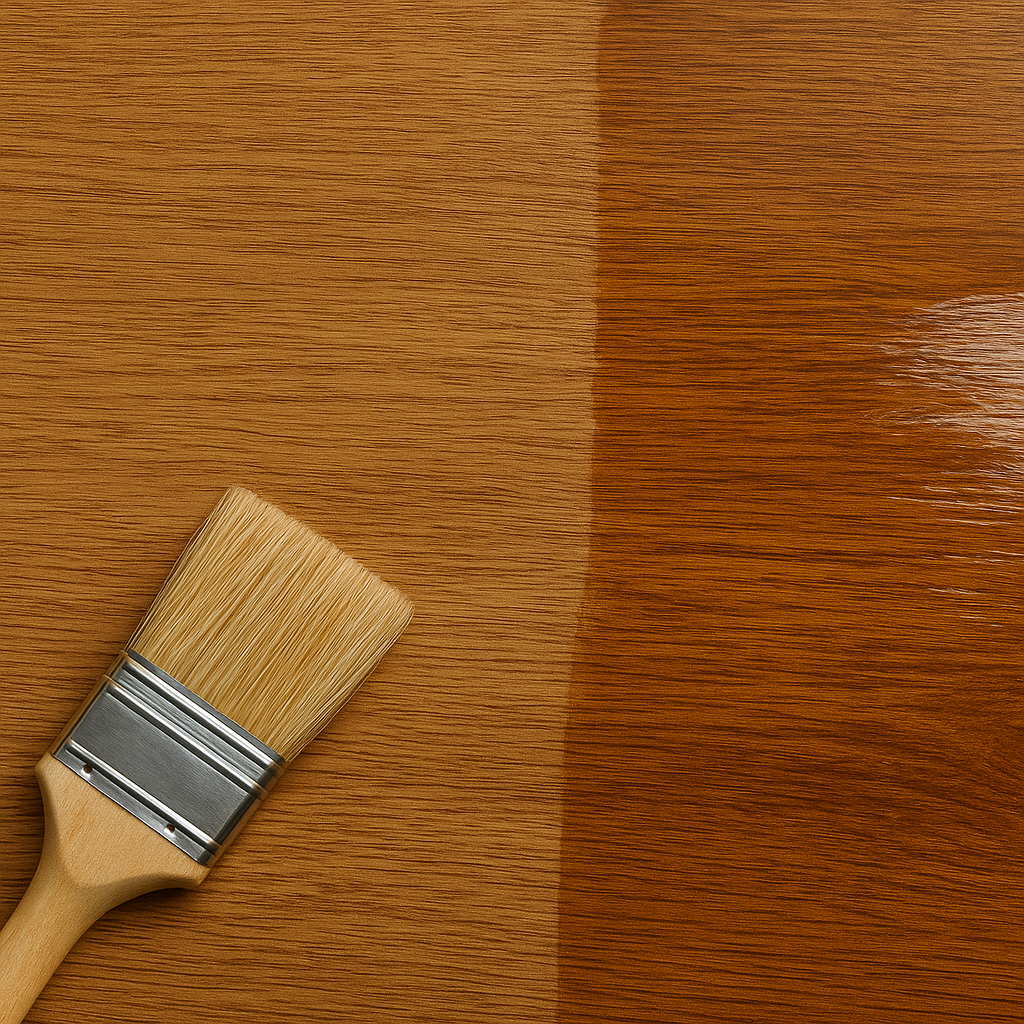The Power of Water-Soluble Dyes in Soaps, Shampoos & Body Washes
In the world of modern personal care products, color is more than just an aesthetic choice—it helps define brand identity, elevate user experience, and create visual appeal. Whether it’s a crystal-clear blue shampoo, a pastel pink hand soap, or a golden body wash, these attractive hues often come from one key ingredient: water-soluble dyes.
But what exactly are these dyes, and why are they ideal for soap and detergent formulations? Let’s explore.
What Are Water-Soluble Dyes for Detergents?
Water-soluble dyes are colorants that dissolve completely in water and remain stable in liquid formulations. Unlike pigments or oil-soluble dyes, they don’t require emulsifiers or dispersing agents and are compatible with a wide range of surfactants and other cosmetic ingredients.
These dyes are specifically selected for personal care and household cleaning products like:
-
Liquid soaps
-
Hand washes
-
Shower gels
-
Shampoos
-
Bubble baths
Common Types of Water-Soluble Dyes in Cleansing Products
Here are some frequently used dyes in liquid detergent and personal care formulas:
| CI Number |
Common Name |
Color |
Typical Use |
| CI 42090 |
Brilliant Blue FCF |
Blue |
Shampoos, body washes |
| CI 19140 |
Tartrazine |
Yellow |
Transparent soaps, hand washes |
| CI 14720 |
Ponceau 4R |
Red |
Bubble baths, shower gels |
| CI 42051 |
Violet 2 |
Purple |
Color balancing |
| CI 28440 |
Orange 4 |
Orange |
Children’s bath products, fruity variants |
These dyes are listed in product ingredient labels using their Color Index (CI) numbers or INCI names and are regulated by cosmetic safety standards.
Why Choose Water-Soluble Dyes?
✅ High Transparency
Perfect for clear or semi-clear products—adds brilliance without cloudiness.
✅ Excellent Solubility
No need for dispersants. Fully dissolves in aqueous bases.
✅ Flexible and Cost-Effective
Offers a wide color range and easy blending options for unique branding.
✅ Stable with Surfactants
Works well with common cleansing agents without color loss or instability.
✅ Safe and Compliant
Cosmetic-grade dyes conform to regulations like EU REACH, FDA (USA), and Japan MHLW.
Formulation Tips & Considerations
-
Dosage: Usually 0.01%–0.1% of the total product weight.
-
Color Stability: Protect against direct sunlight; consider using antioxidants or UV protectants for long shelf life.
-
pH Sensitivity: Some dyes may shift color in different pH environments—test with your full formulation.
-
Compatibility Testing: Always test with fragrances, preservatives, and active ingredients for final appearance.
Sustainable Alternatives: A Growing Trend
With increased consumer demand for clean and eco-friendly products, more formulators are exploring:
-
Natural colorants: e.g., beetroot red, chlorophyllin, turmeric.
-
Color-free aesthetics: Clear or white formulas that focus on ingredients.
-
Biodegradable dyes: Reducing environmental impact in wastewater.
Conclusion
Water-soluble dyes may be used in small amounts, but their impact on product appearance and perception is huge. By understanding how to select and use these dyes effectively, you can formulate attractive, safe, and stable personal care products that stand out on the shelf and delight users with every drop.


